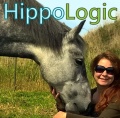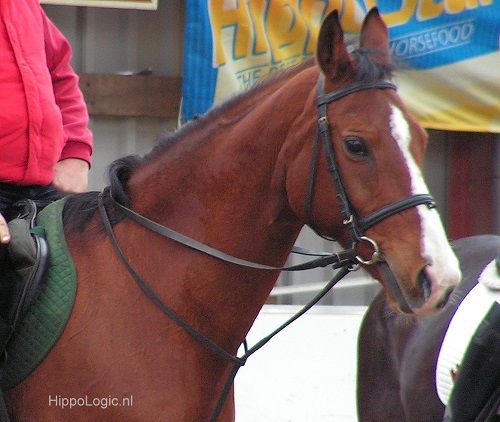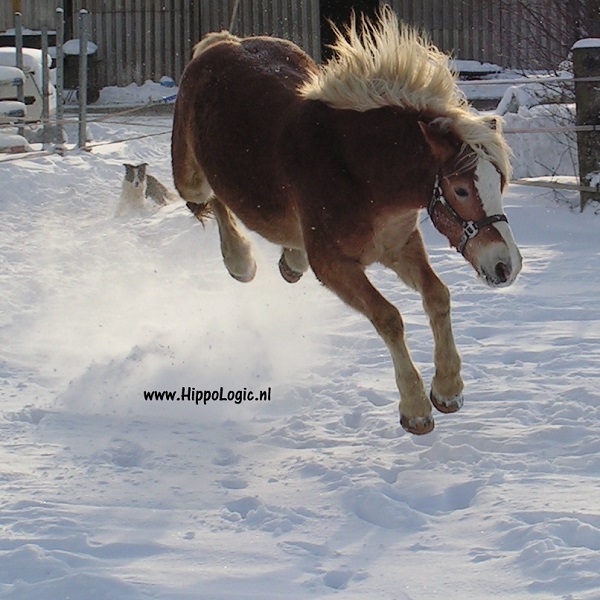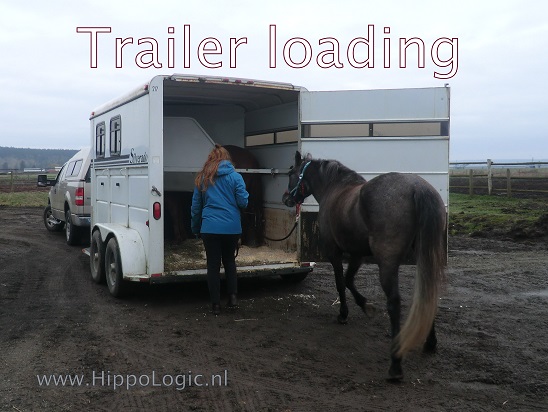When you clicker train your horse you need something to reinforce (strengthen) the behaviour. After all, it is the receiver (horse) that determines the reinforcer.
Food is an excellent reinforcer for most horses, although I have come across a few who didn’t seem interested in food at all for training purposes. In that case you have to become a bit more resourceful. I will write a post about that if there is demand for that topic. Please let me know in the comments.
Tip #1 Experiment!
Don’t be afraid to try out different treats and explore what your horse likes and what he doesn’t.
When I shared the post Clicker training 101: Tips for Treats on my Facebook group Happy Herd, Equine Clicker Training Network wonderful experiences about all kind of different food rewards were given.
Some trainers use large kibbles, that are just ‘maintenance pellets’ horse feed, some use a mix of alfalfa cubes mixed with corn or one of the many commercial treats available for horses.
I like to use Timothy hay cubes and grass pellets since Kyra loves them very much. My horse is insuline resistance so I don’t want to use treats loaded with sugar of molasses. Kyra prefers natural flavours. My own home baked (sugar free) horse cookies made out of brown rice and flax seeds are her favorite.
Other choices are: cut up carrots, apples, zucchini, cucumber, grain, carob pods, sunflower seeds, grapes and other fruits and vegetables.
Tip #2 Measure the value of the reinforcer
You can make a list of all the treats you tried and how much value they seemed to have for  your horse at that moment. Did he really like the treat or did he ‘just ate them’? Did he seem to like it or did he spit them out?
your horse at that moment. Did he really like the treat or did he ‘just ate them’? Did he seem to like it or did he spit them out?
The value of certain foods can change over time or depending on the circumstance. Sometimes it is depending on the season. Gras pellets can have a higher value for your horse in Winter when his diet is mainly hay, than in Summer when he grazes in a juicy pasture all day long.
So try again if your horse didn’t seem to like a certain treat. He might have changed his mind. Sometimes a horse has to ‘learn’ to eat it. When Kyra came fresh out of the nature reserve she didn’t like carrots and apples at all because her mom hadn’t taught her they were ‘safe foods’. When she saw how other horses ate it again and again she started to try them too and eventually like them. So don’t give up too easy if it is a healthy treat that you would like to use a reinforcer.
Tip #3 Vary!
Variety is the spice of life. If you change your reinforcers in training, it contributes to a certain ‘chance’ of getting a certain treat. Since the horse doesn’t know what treat he will receive, you will get him on top of his game to earn that ‘special one’.
You can also mix two different kinds of food. If you use hay cubes and it’s values fades quickly for your horse, you can mix in some high value food like a bit of grain or corn to make it more interesting without making the reward too rich in calories.
What about you?
I (and I am sure my readers, too) would love to hear about your choice of food reward and the reason for your choice.
Please share your valuable experience in the comments and help your fellow positive reinforcement trainers.
 Sandra Poppema, B.Sc.
Sandra Poppema, B.Sc.
My mission is to improve human-horse relationships. I reconnect horse women with their inner wisdom and teach them the principles of learning and motivation, so they become confident and skilled to train their horse in a safe and effective way that is a lot of FUN for both human and horse. Win-win.
Sign up for HippoLogic’s newsletter (it’s free and it comes with a reinforcer) or visit HippoLogic’s website and discover what else I have to offer.
Follow my blog on Bloglovin











You must be logged in to post a comment.